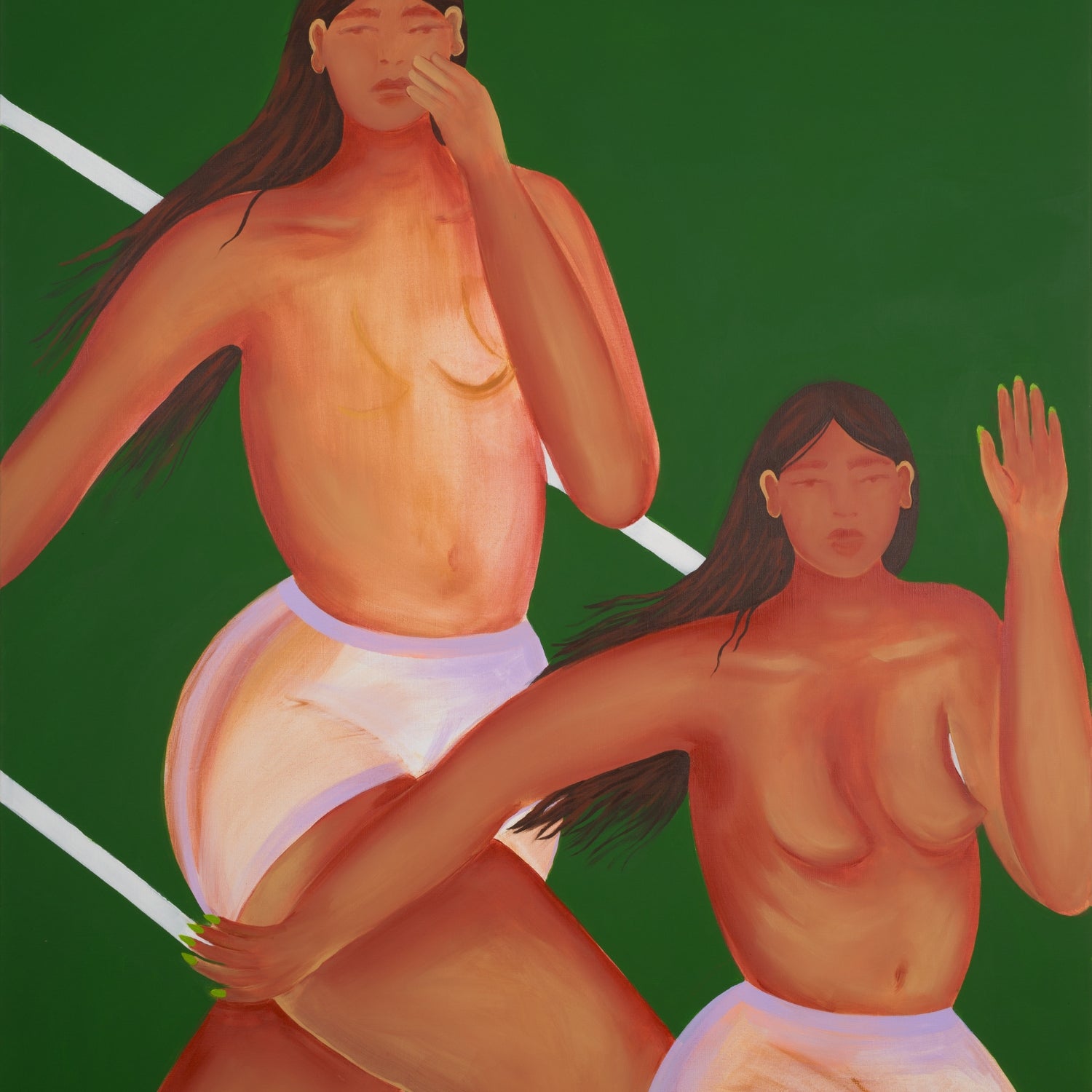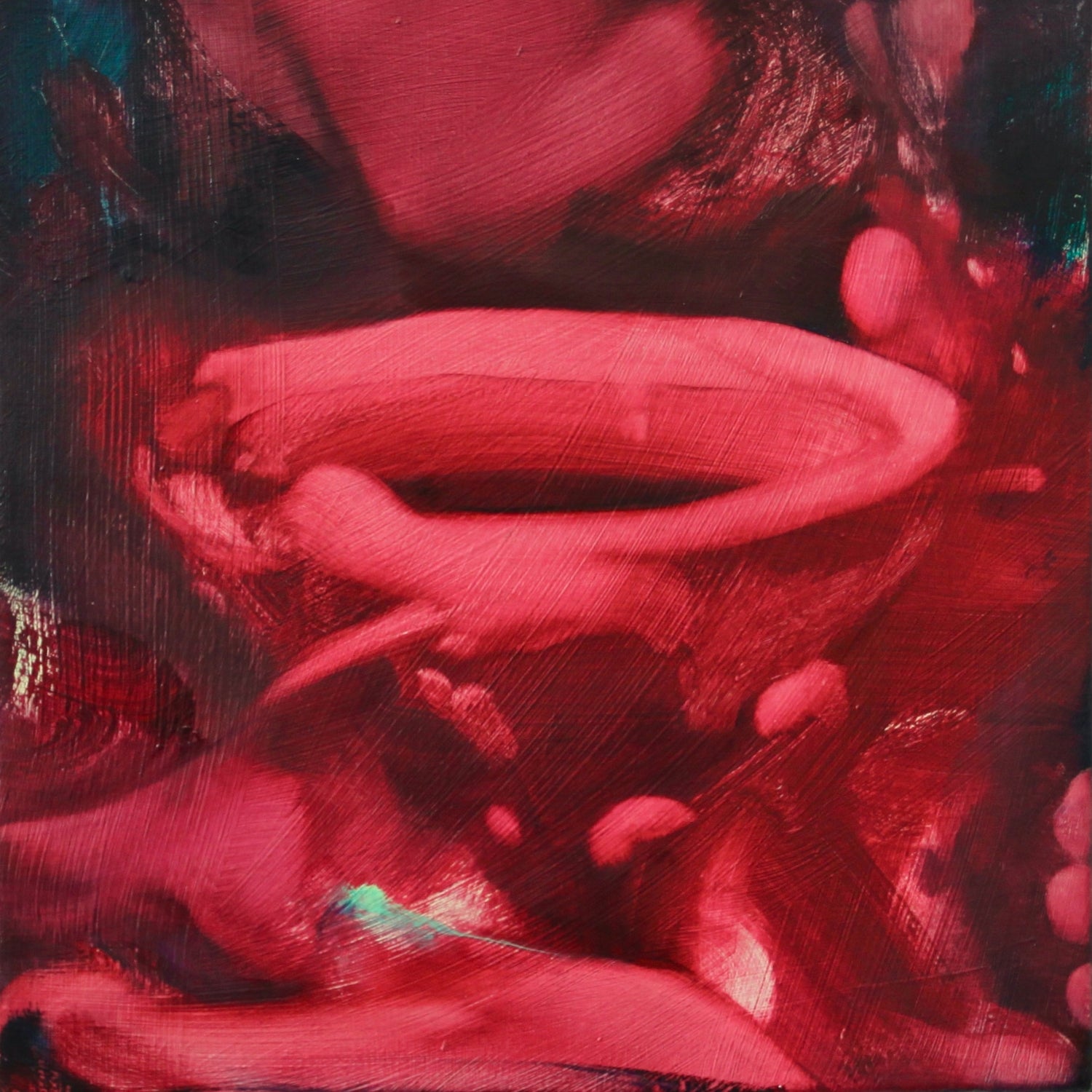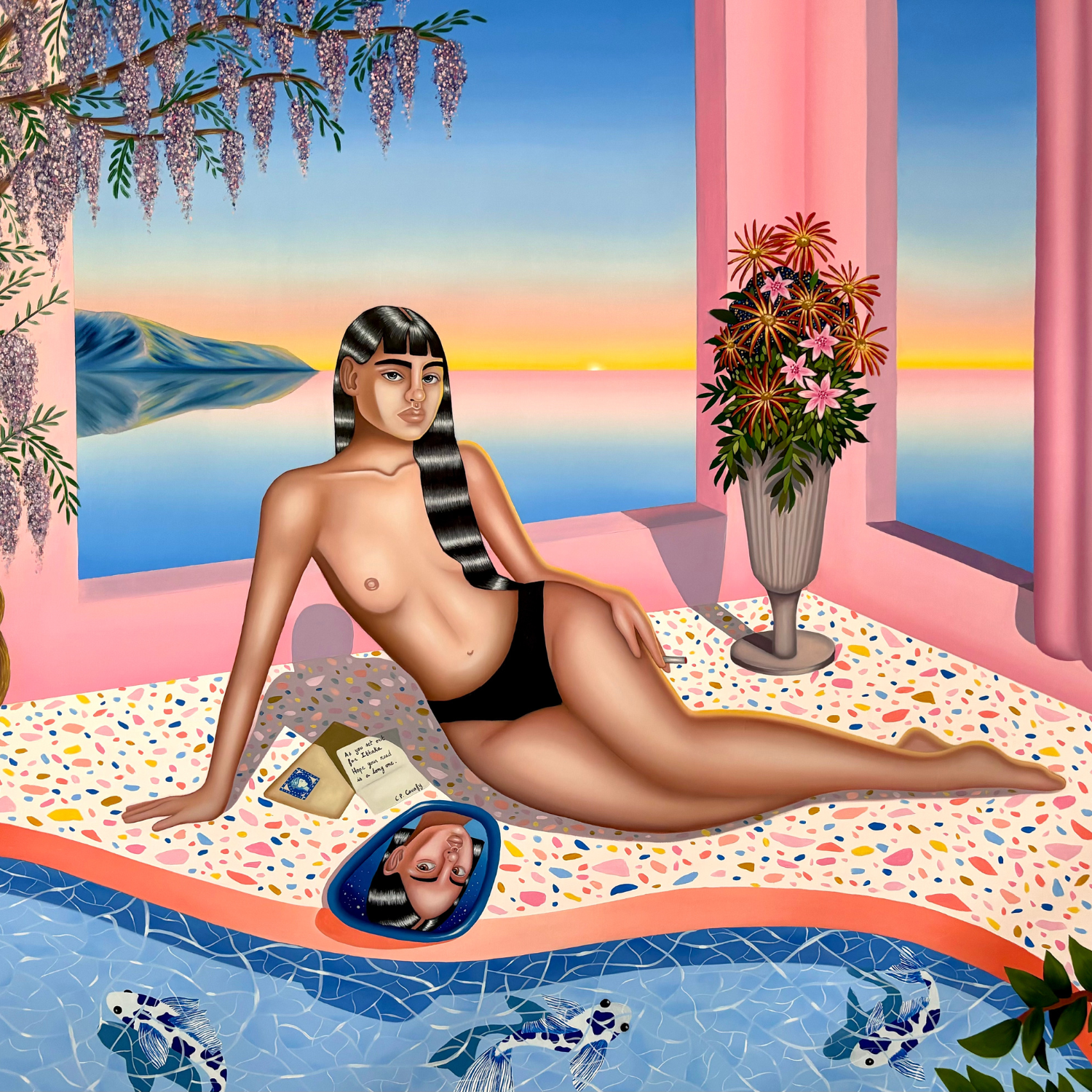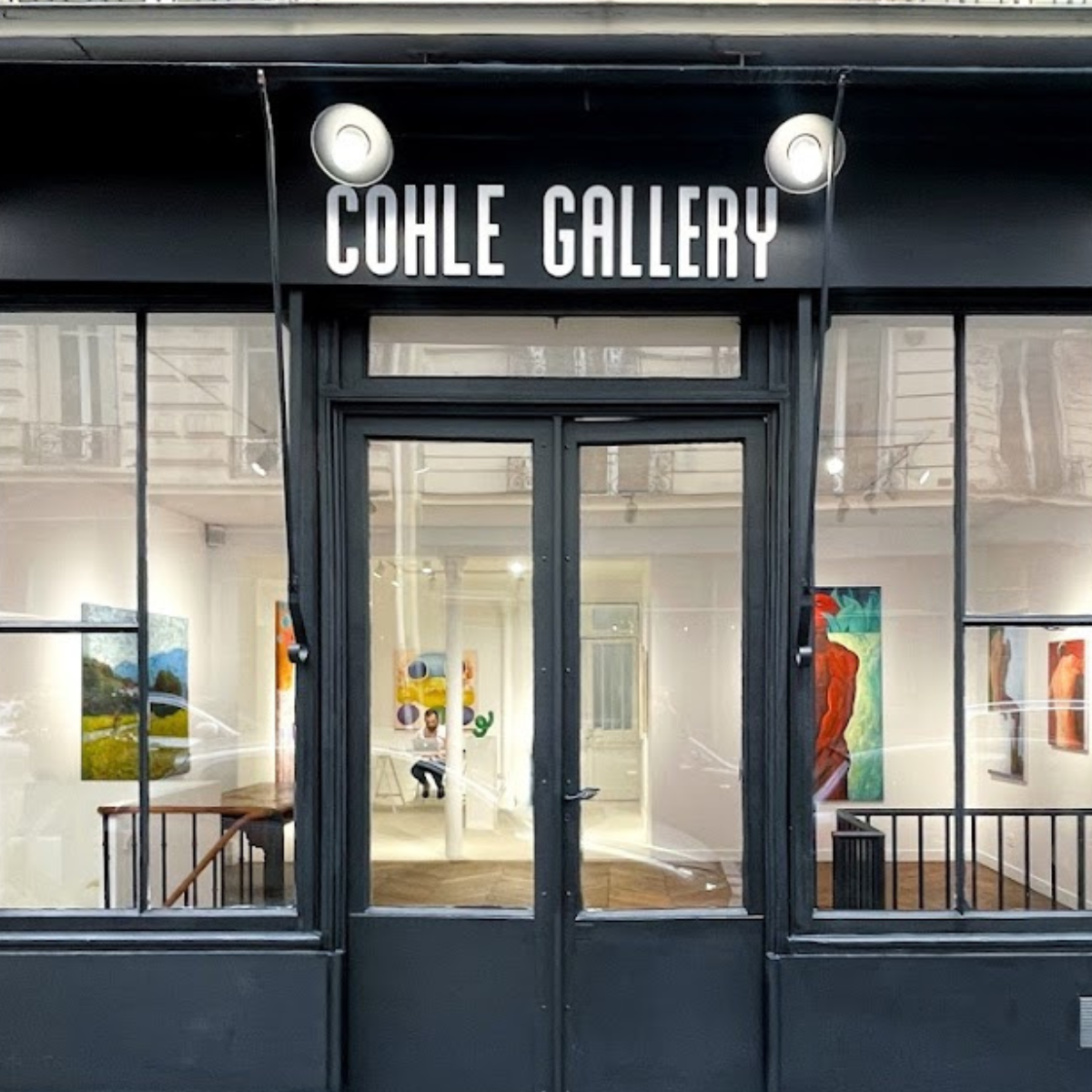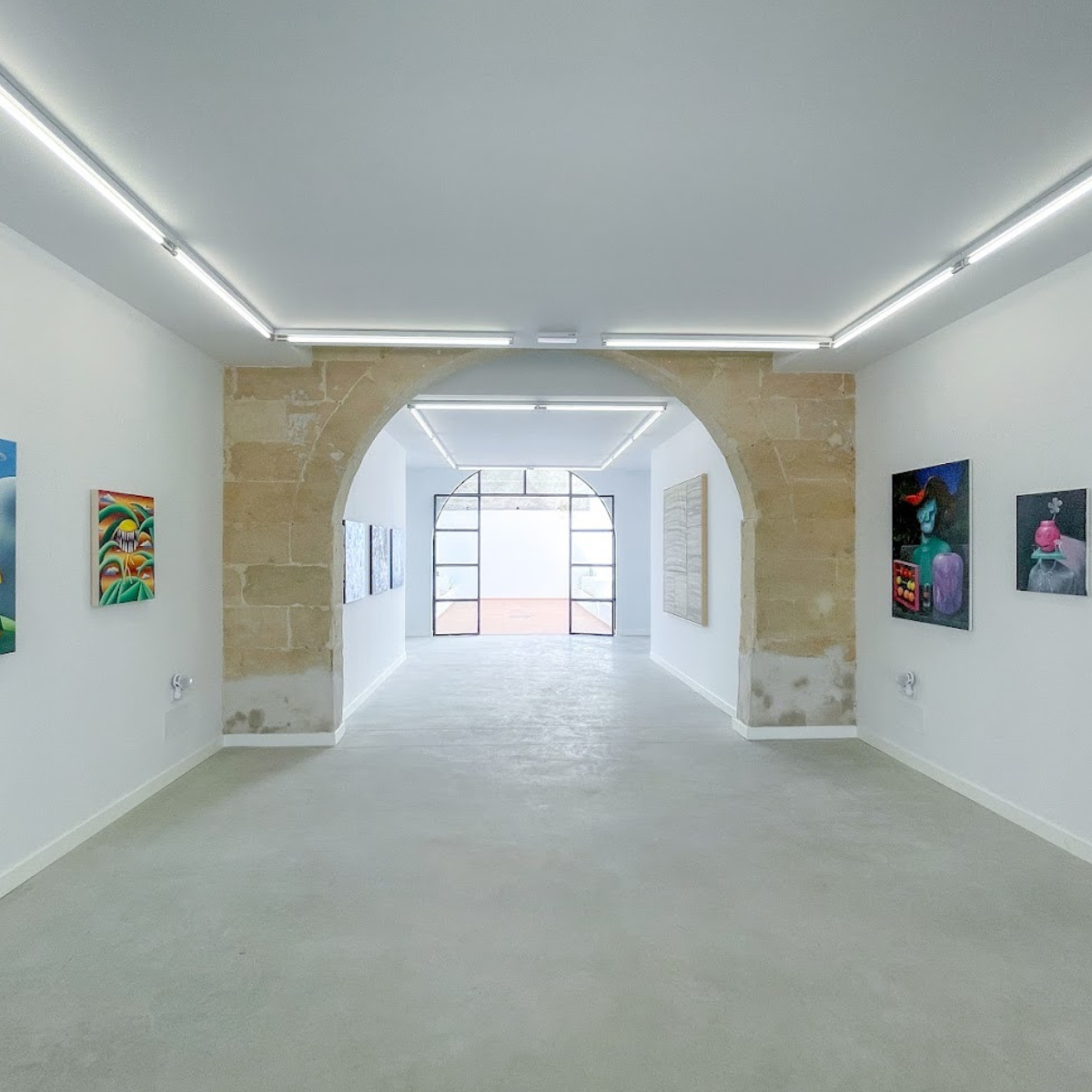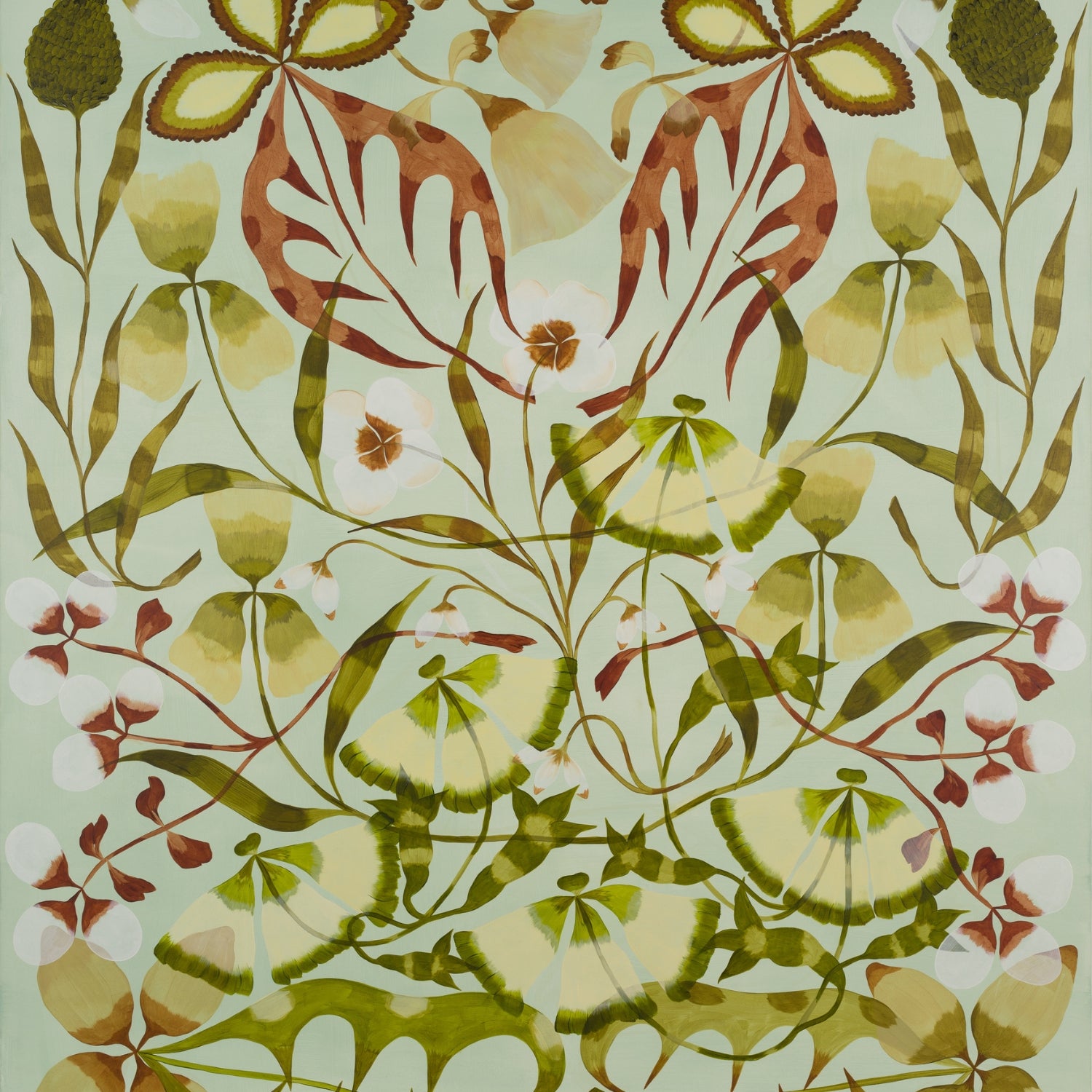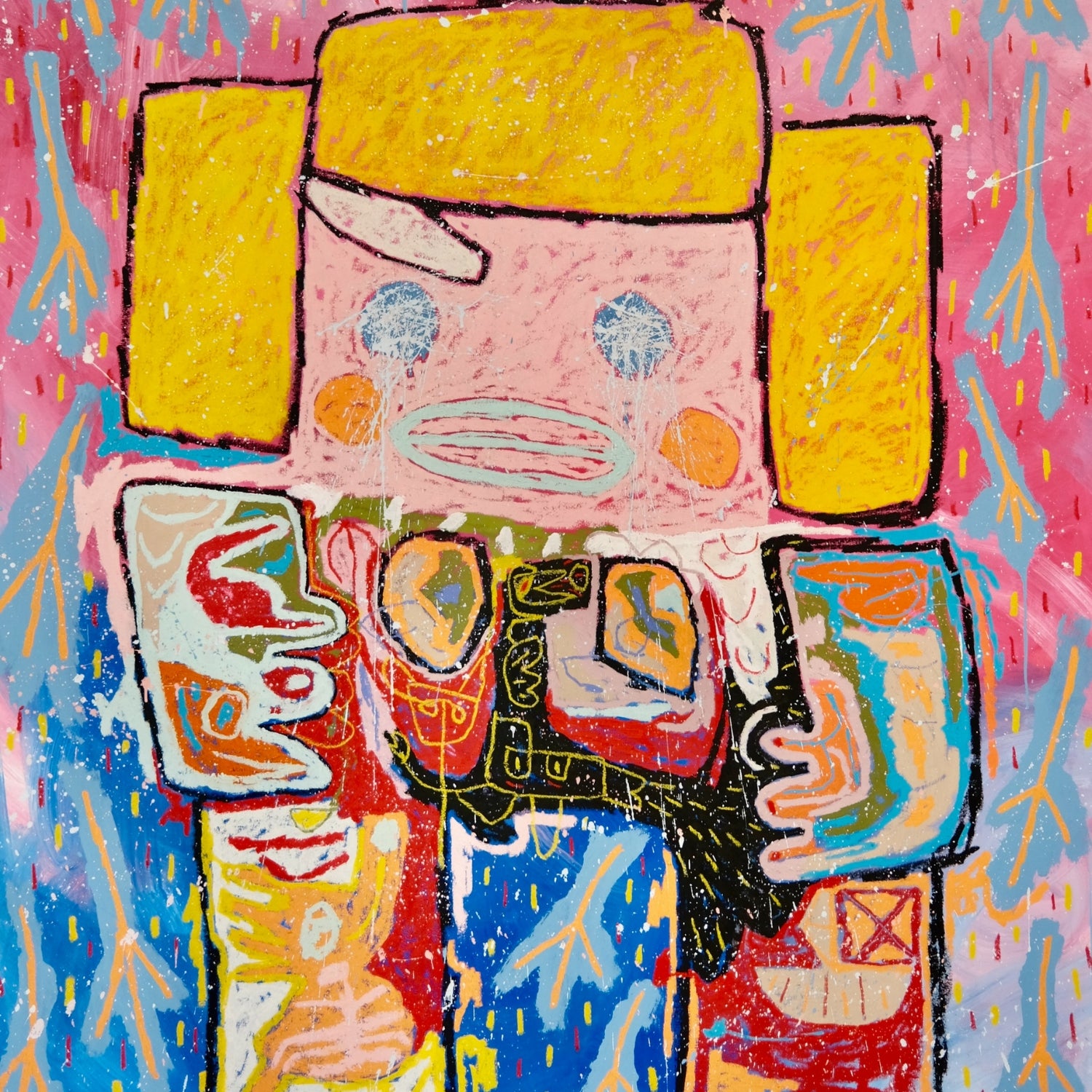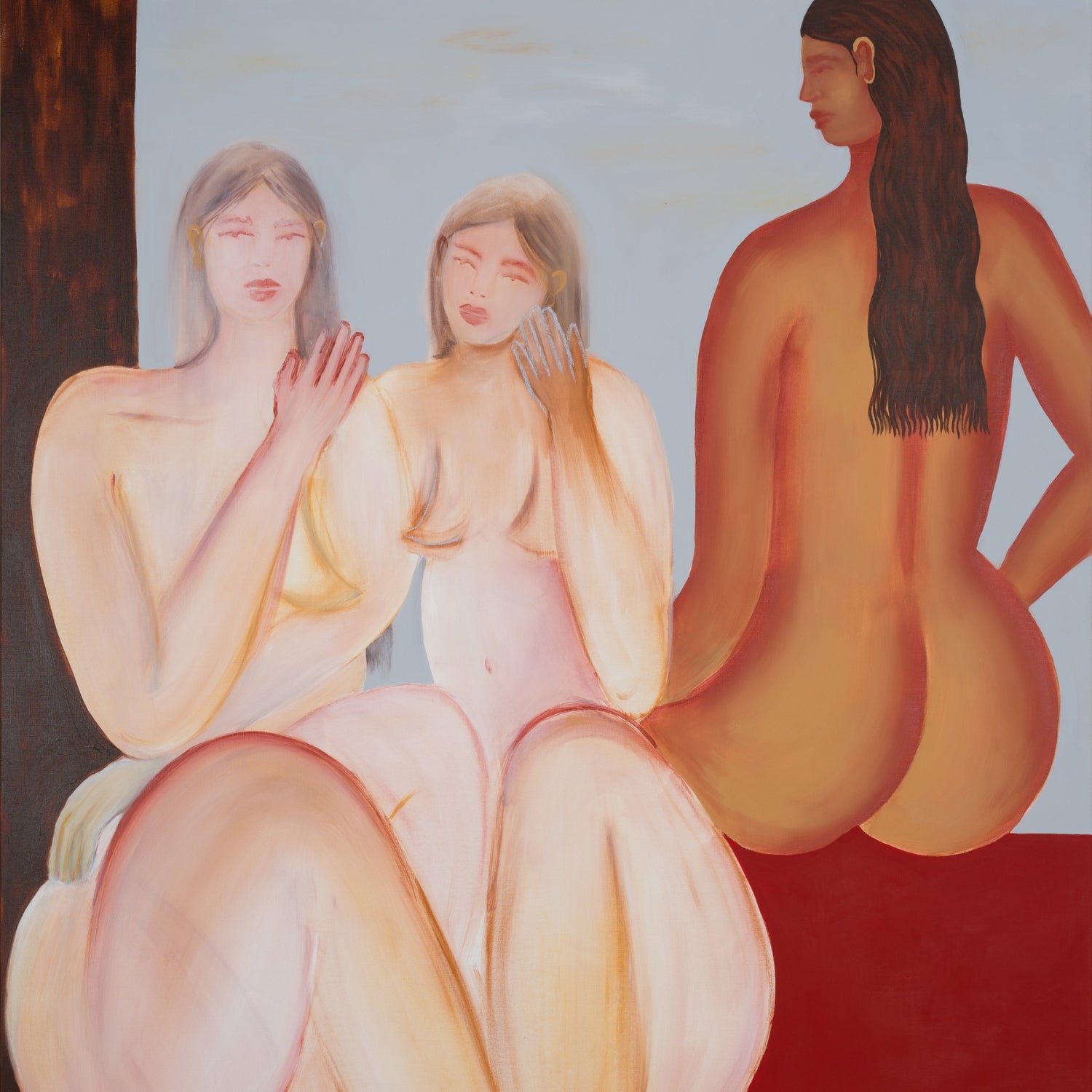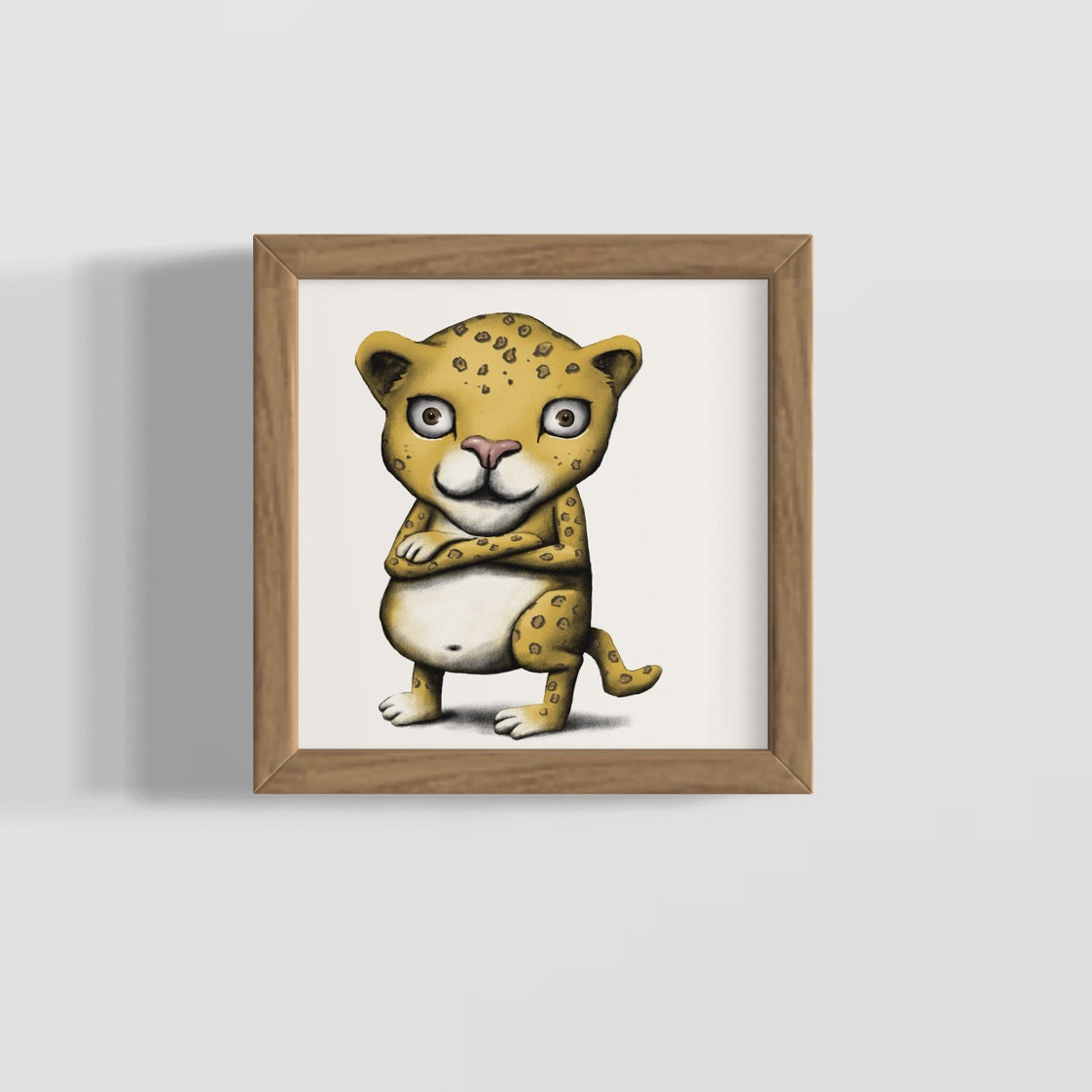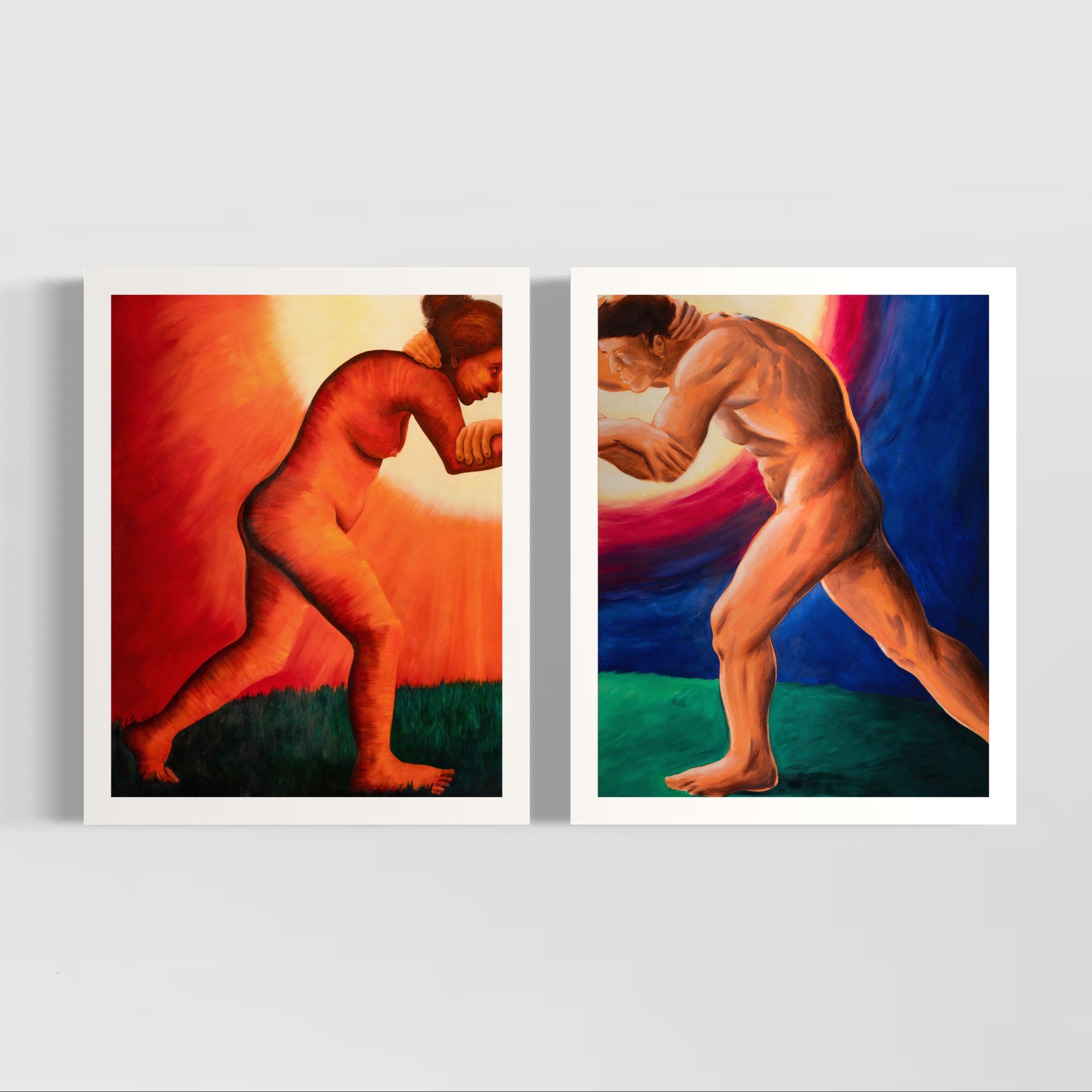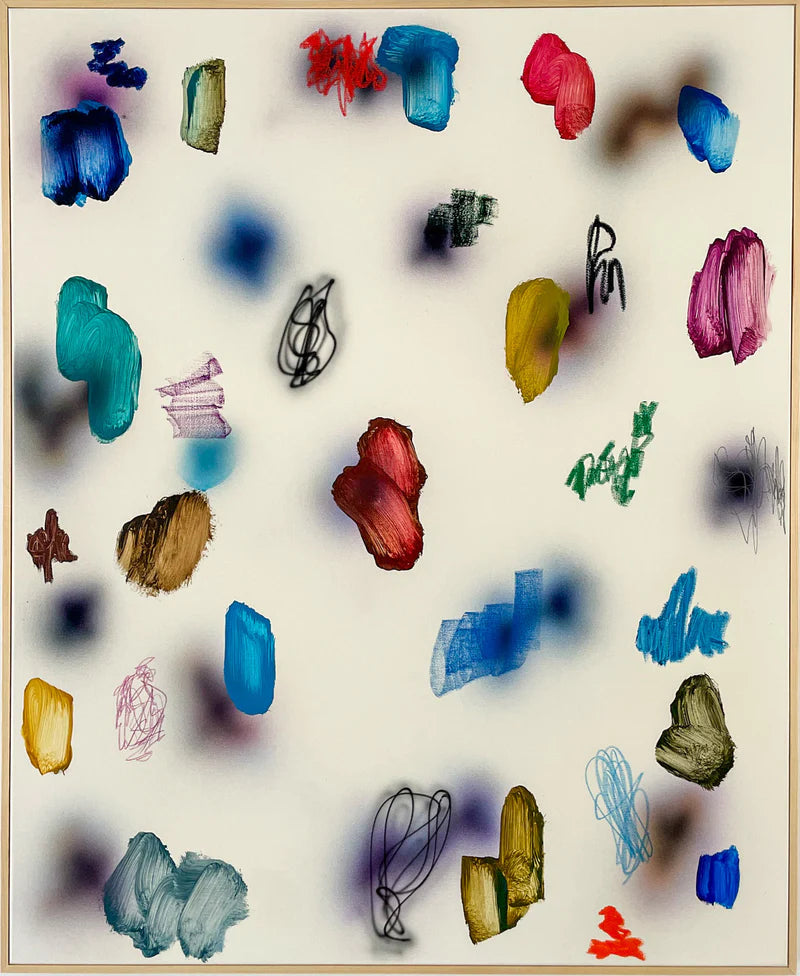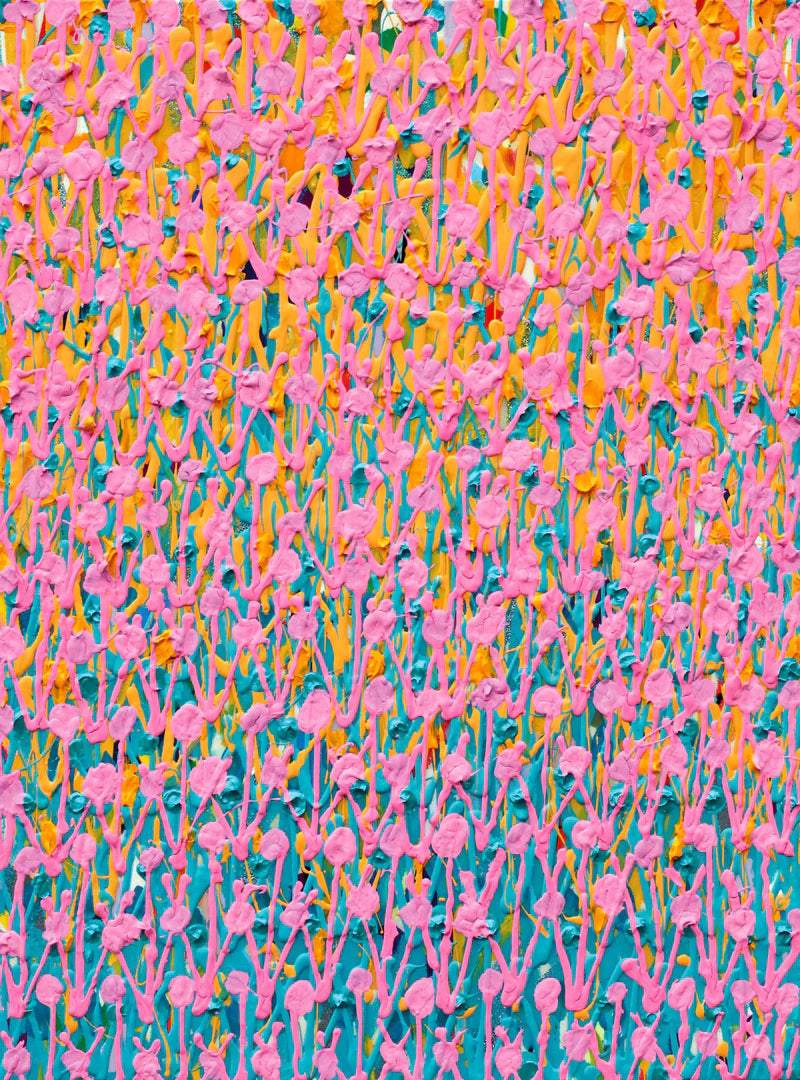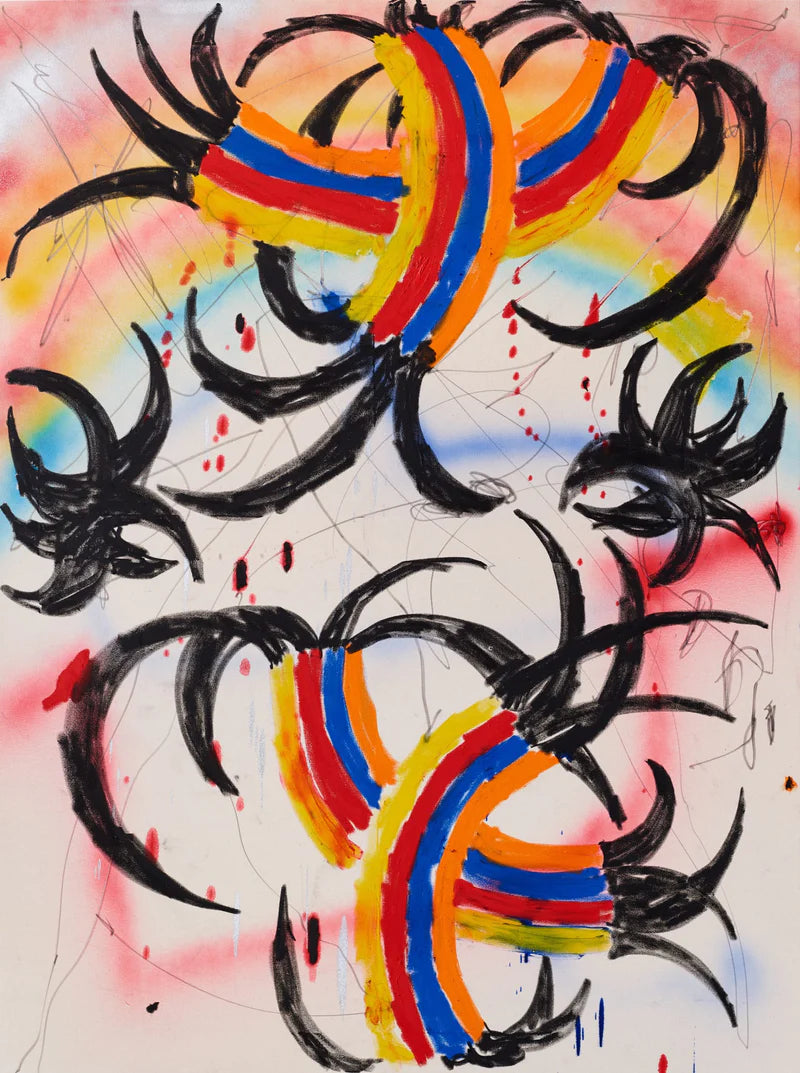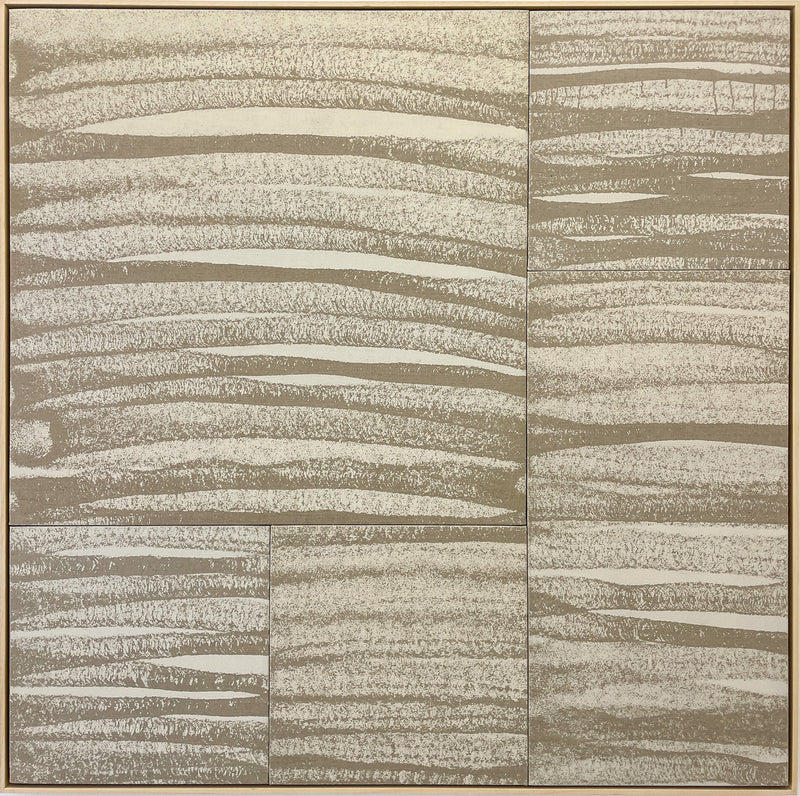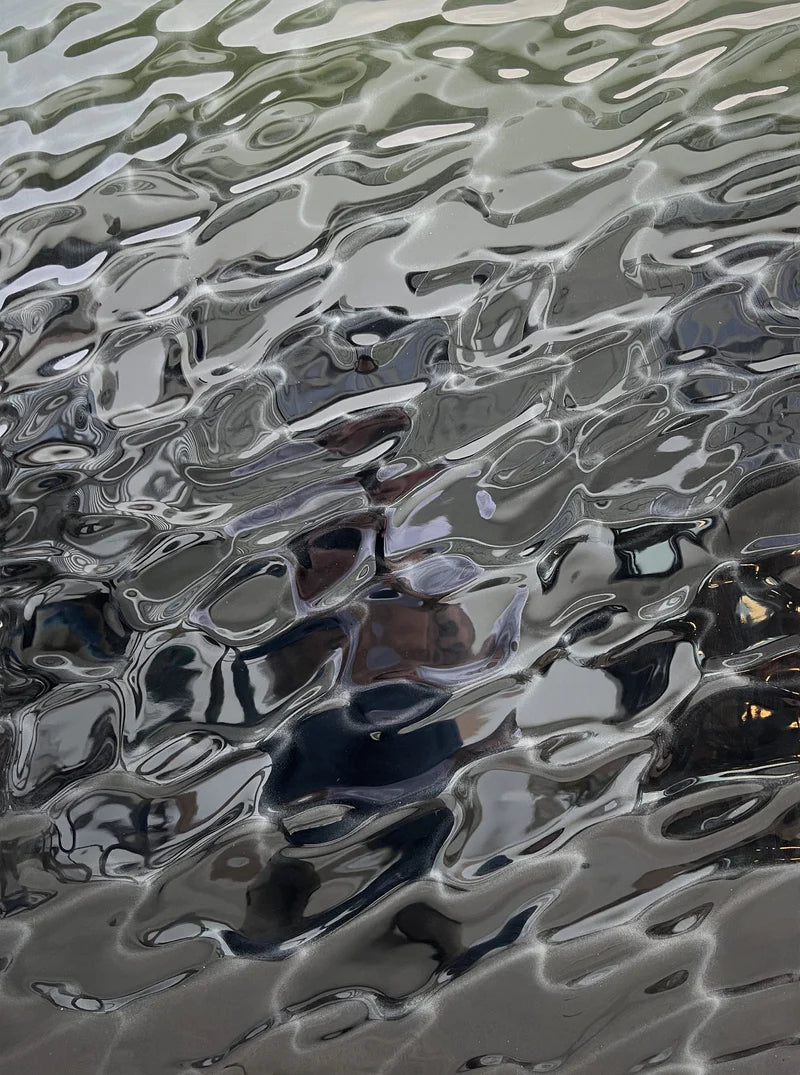What is Abstract Art ? the perfect guide before acquiring your next abstract painting
Abstract art emerged in the early 20th century as artists broke from representational painting to explore new creative frontiers. Over a century later, abstraction continues to captivate audiences.
The History of Abstract Art
The seeds of abstraction were planted in late 19th century movements like Impressionism, Post-Impressionism, and Cubism. Painters such as Cézanne and Whistler emphasized the act of painting itself over accurately depicting nature. However, abstraction as we know it today is said to have begun with Wassily Kandinsky.
Considered the “father” of abstract art, Kandinsky aimed to express emotions directly through colors and forms without referencing the physical world. His gradual shift towards abstraction culminated in breakthrough paintings like “Composition VII” (1913) and “On White II” (1923). Other pioneering abstract artists around this time included František Kupka, Kazimir Malevich, Piet Mondrian, and Hilma af Klint.
Various schools of abstract art developed in the early 20th century, exploring different approaches to non-representational painting:
- Cubism: Picasso, Braque, and others fragmented forms into abstract geometric planes.
- Fauvism: Emphasized bold, expressive use of color over representation.
- Orphism: Focused on arrangements of vivid color patches.
- Suprematism: Malevich reduced painting to basic geometric shapes and colors.
- De Stijl: Mondrian created abstract compositions using grids and primary colors.
While differing stylistically, these movements shared a spirit of radical experimentation and artistic subjectivity made possible by abstract art.

“Composition VII” (1913)
The Evolution of Abstract Expressionism
In the 1940s, the center of the abstract art world shifted to New York City where a new movement emerged: abstract expressionism. With surrealist roots, abstract expressionists sought to convey emotion and universal human experiences through abstraction.
Jackson Pollock revolutionized painting by pouring and dripping paint onto canvases placed on the studio floor. His gestural, improvisational “drip” style became the quintessential abstract expressionist technique. Fellow artists like Willem de Kooning, Franz Kline, and Mark Rothko developed their own unique abstract painting styles within the movement.
While abstract expressionism declined in the 1960s, it left a lasting impact and influenced later artistic movements. Its emphasis on self-expression through abstraction continues to inspire artists today.

Jackson Pollock - Number 1 (Lavender Mist)
Abstraction in Contemporary Art : the different types of abstract art
Since abstract expressionism, abstraction has manifested across virtually all artistic media including painting, sculpture, photography, digital art, and more. Both representational and non-representational approaches have flourished. Some key trends include:
- Abstract Painting: Artists like Gerhard Richter, Brice Marden, and Charline von Heyl have given abstract painting new life through experimentation with color, surface, and process.
- Sculpture: Abstract sculptors such as Anthony Caro, Anish Kapoor, and Ursula von Rydingsvard transform industrial materials into evocative three-dimensional forms.
- Conceptual Art: Sol LeWitt and other conceptual artists have incorporated abstract visual languages and ideas about the nature of art itself into their work.
- Digital Art: New technologies have enabled emerging artists like Raven Kwok and Andrea Chung to create vivid abstract CGI and generative artworks.
- Abstract Photography: Photographers including Walead Beshty, Penelope Umbrico, and Matthew Brandt manipulate and experiment with the photographic process to produce abstraction.
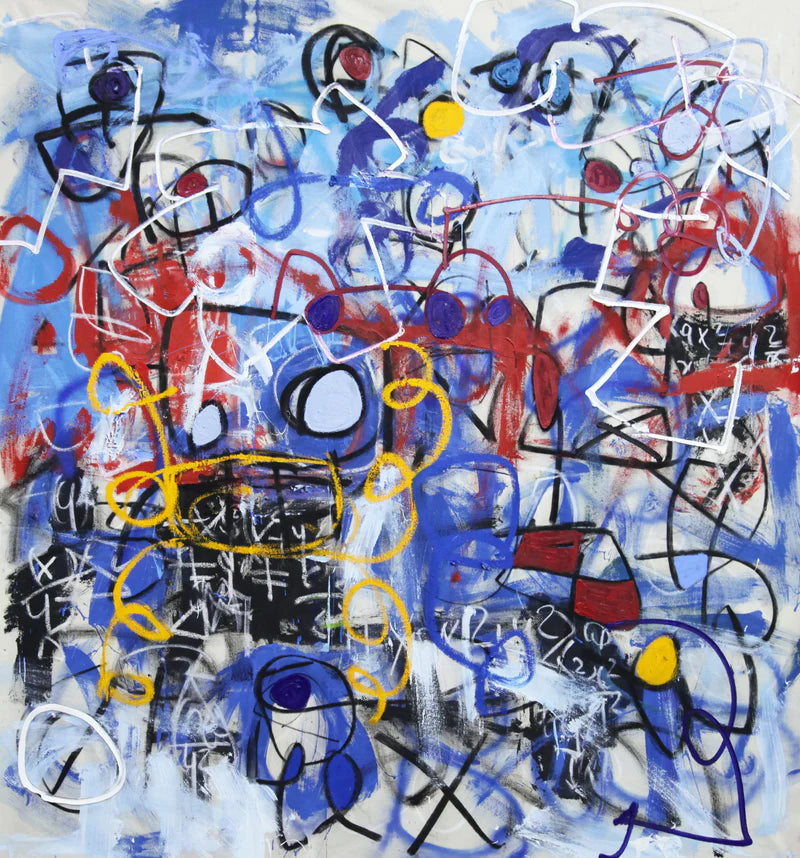
Abstraction has also continued to evolve within traditional artistic disciplines:
- Abstract Expressionism: The spontaneous, emotive spirit of abstract expressionism lives on in the energetic works of contemporary painters like Cecily Brown and Julie Mehretu.
- Geometric Abstraction: Artists such as Tauba Auerbach, Joshua Aster, and Victoria Gitman give abstraction a contemporary spin with meticulous geometric compositions.
- Lyrical Abstraction: Abstract painters like Mark Grotjahn, Joanne Greenbaum, and Charline von Heyl blend gesture, color, and form to create evocative abstract canvases.
- Minimalism: The pared-down, geometric aesthetic of minimalism continues to influence artists such as Agnes Martin, Robert Mangold, and Mary Corse.
Zdenek Konvalina, Multiple answers, 2022
Our Contemporary Abstract Artists
The abstract painters and sculptors represented by our gallery pursue their craft with passion and singular vision. Ludovilk Myers' vibrant paintings reveal the extraordinary facets of ordinary objects. Guillaume Grando's fluid abstractions distill the essence of motion itself. Zdenek Konvalina blends expressionist vigor with balletic grace in vivid canvases. Emerging talent Taher Jaoui fuses intuitive expression and mathematical rigor to create captivating geometric compositions. These artists and others in our collection demonstrate that abstract art continues to evolve in exciting new directions. Their diverse aesthetics and techniques reinforce that the possibilities of abstraction remain inexhaustible. We take pride in providing a platform for these talented contemporary abstract artists. If you are looking to craft a unique Abstract wall art or acquire your first abstract painting you can contact us to help you build your fine art collection
Our Favourite Abstract pieces
Guillaume Grando, Surface and depth #170, 2023
What is the purpose of abstract Art and why does it Endure ?
Why has abstract art remained an influential and inspiring creative force long after its inception? There are several compelling factors:
- Unbound Creativity: Abstraction provides immense creative freedom unburdened by the constraints of representing reality.
- Direct Communication: Abstract art conveys moods, ideas, and emotions directly through color, line, shape, texture, and other visual elements.
- Subjectivity: Abstract works are subjective and open to personal interpretation by the viewer based on their experiences.
- Inventiveness: Abstraction enables endless experimentation with new techniques, materials, and ways of conceptualizing art.
- Expressiveness: Many artists use abstract styles and visual languages to delve into their inner selves and reveal deeply personal visions.
- Cross-Disciplinary: Abstraction has impacted nearly all artistic media, from painting to photography to new media.
Over a century after its birth, abstract art continues to evolve in exciting new directions thanks to these enduring qualities.
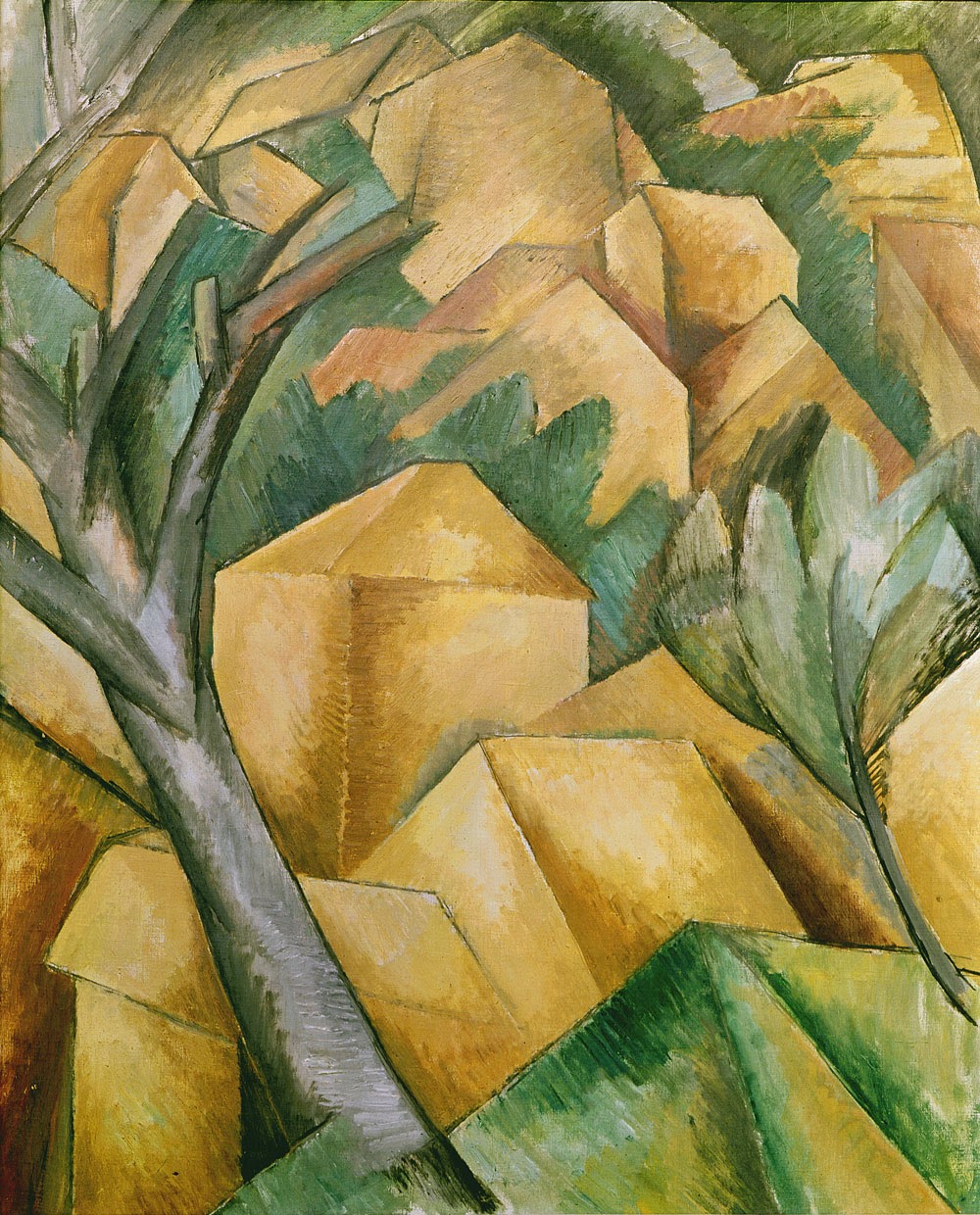
Georges Braque, 1908, Maisons à l'Estaque
Key Facts and Figures About the Abstract Art Movement
- Considered to have originated in the early 20th century with Wassily Kandinsky's gradual move towards complete abstraction.
- Major schools of early abstract art include Cubism, Fauvism, Futurism, Constructivism, Suprematism, De Stijl, and Orphism.
- Abstract expressionism emerged in New York in the 1940s and 1950s, emphasizing emotional expression through abstraction.
- Jackson Pollock pioneered his famous "drip" painting technique where paint is dripped directly onto the canvas.
- Contemporary artists have embraced abstraction across painting, sculpture, photography, digital art, video, performance, and more.
- Abstraction endures because of its ability to convey emotions and ideas directly through visual elements.
- It provides immense creative freedom to artists and an open-ended subjective experience to viewers.
- Recent movements influenced by abstraction include Op Art, Neo-Expressionism, Post-Minimalism, and Digital Abstraction.
- Leading contemporary abstract artists include Gerhard Richter, Cecily Brown, Anish Kapoor, Julie Mehretu, Tauba Auerbach, and Andrea Chung.
Piet Mondrian, Composition with Red, Blue and Yellow, 1930
Conclusion
From its early 20th century origins to its current ubiquitous presence across media, abstract art has remained one of modern and contemporary art’s most pivotal developments. Its emphasis on subjective expression, inventiveness, and imagination has unlocked immense creative potential.
Over a century after its birth, the journey of abstract art continues unfolding in exciting new directions. Abstraction’s capacity for conveying personal visions and highlighting the subjective nature of experiencing art remains compelling today. It endures as a revolutionary creative force because of its boundless spirit.
Frequently Asked Questions About Abstract Paintings
What are some key differences between abstract art and other genres?
Abstract art does not attempt to accurately represent reality. Instead, it uses visual elements like color, line, shape, and texture to express emotions, ideas, and internal states. It emphasizes form, creative process, and experimentation over depicting recognizable subjects realistically.
How do viewers interpret or understand abstract art?
There are no right or wrong interpretations of abstract art. Viewers have open-ended personal responses, finding their own meaning in the colors, textures, and compositions based on their experiences. Mood, evoked emotions, material sensations, and visual element interplay can inform interpretations.
What makes abstract art revolutionary in art history?
Abstract art was revolutionary as it shattered long-held expectations that art should realistically depict subjects and objects. It opened the door to pure self-expression through visual languages of color, shape, and line. Abstract art introduced radical new creative freedom, experimentation, and subjectivity to the art world.
Why does abstract art endure and remain relevant today?
Abstract art endures because of its boundless creative potential. It allows direct communication of emotions and ideas without representing reality. Abstraction enables artists to invent new visual languages and deepen self-expression. Its invitation to subjective interpretation remains compelling today.
What are some tips for creating your own abstract art?
Use gestural marking, limit recognizable shapes, embrace spontaneity, layer colors/textures, craft interesting compositions, convey emotions non-representationally. Focus on your internal state rather than external subjects. Let go of rules and expectations. Discover new creative possibilities.


